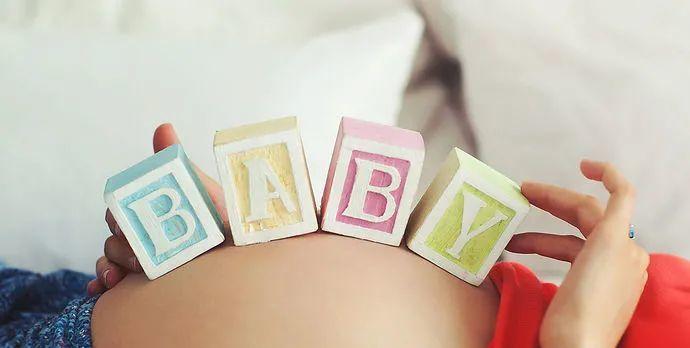Women enter the workforce, and childbearing is becoming more and more delayed. For elderly women who need the "help" of IVF technology because of aging ovarian function, doctors will help win this race against time, but the effect is limited. What is the best solution? Especially the transfer strategy for embryos, frozen embryos or fresh embryos? One or two? Cleft or blastocyst stage?
How are embryos transferred to elderly women?
According to statistics, there are currently 90 million couples of childbearing age who will become the "main force" for having a second child, of which about 50% of > are 40 years old, and 60% are 35 years old >. Not only at home, but also at a global age, the problem of advanced childbearing was also a problem worldwide, with 63% of IVF women in Spain reported at the ESHRE conference in 2015 that the average age ≥ 35 years. Data from the United States in 2014 suggest that the average age of women with assisted reproductive technologies is about 35 to 36 years old.
We know that the ovarian function of elderly women is reduced, not only the number of eggs is reduced, but the quality of eggs is reduced, and the probability of conception of IVF after the age of 35 is negatively correlated with age. Getting pregnant in a limited time is a common challenge for doctors and patients, how to win this race against time?

On this issue, various reproductive centers have adopted various methods, which can be described as "eight immortals crossing the sea, each showing their divine powers", what are the specific plans?
1
Adjustment of ovulation induction regimens
Increase the initiation of the ovulation induction cycle in the hope of obtaining more eggs and thus more embryo transfers. The advantage of this method is that the number of eggs may increase, because the ovarian reserve in the elderly population is reduced, the rate of egg aneuploidy increases, the responsiveness to ovulation-stimulating drugs decreases, and the use of large numbers of ovulation-stimulating drugs may not be able to obtain a large amount of high-quality eggs. Moreover, the aging ovaries may be more "lingering" after being strongly stimulated.
2
Treatment is with single sperm ovocytoplasmic injection (ICSI).
In general, ICSI is suitable for people with severe hypospermia and fertilization disorders, but some centers directly treat ICSI for elderly people with fewer eggs in order to improve the "hit" rate of eggs. The fertilization rate of this practice seems to be slightly higher than that of IVF treatment, but for eggs that have already declined in quality, if they are "hit" again, the quality may decline further, and the normal fertilization of sperm eggs is also a criterion for verifying egg quality, which is a natural culling mechanism.
Figure: ICSI single sperm ovocytoplasmic injection
3
Continuous egg retrieval to collect embryos
Some centers continuously use various schemes to promote ovulation, form embryo freezing, and accumulate a certain number of embryos (at least > 4), and can transfer multiple embryos (> 2) together to improve the success rate of a single transfer. The transfer success rate seems to have increased, but a closer look at this method consumes a lot of embryo collection time, spends multiple embryo freezing costs, discards several embryos that have been frozen and eliminated in the middle, and multi-embryo transfer makes the multiple birth rate increase, which is not known to patients as a "curse" or a "blessing".
4
Continuous egg retrieval for continuous transplantation
Some centres use microstimulation protocols, with continuous egg retrieval, trying to transfer fresh embryos from the current month, as fewer eggs are obtained by microstimulation regimens (
5
Single embryo transfer is recommended for older women
For the elderly, the risk of obstetrics itself is significantly higher, coupled with multiple births, the risk of pregnancy and childbirth rises sharply, and the risk of premature birth of twins is as high as 30%. For elderly patients, there are many comorbidities in internal medicine, such as hypertension, diabetes, uterine fibroids, venous thrombosis, etc., and if there are twins, the risk of these problems will be several times that of young women.
Premature birth of the fetus makes the development of the child worse, if there is a premature birth, the fetus is lost, at least more than 1 year of time needs to be wasted to be able to conceive again, then the age is older, the hope of childbirth is getting more and more dim, it can be said that it is "empty sorrow".
In our center, the scheme of continuous egg retrieval as fresh as possible cycle transplantation, the success rate of a single transplant is about 30%, and the cumulative success rate of 4 egg retrieval cycles is 45%, which includes many people who have a pregnancy rate of almost zero and have to try their luck, if you remove such people, the cumulative success rate of 4 egg retrieval cycles can reach 70%, twin rate
Whatever the programme, our common goal is to increase success rates and reduce maternal risk. After all, your success is our success! Remember, a professional team is the foundation of your success!